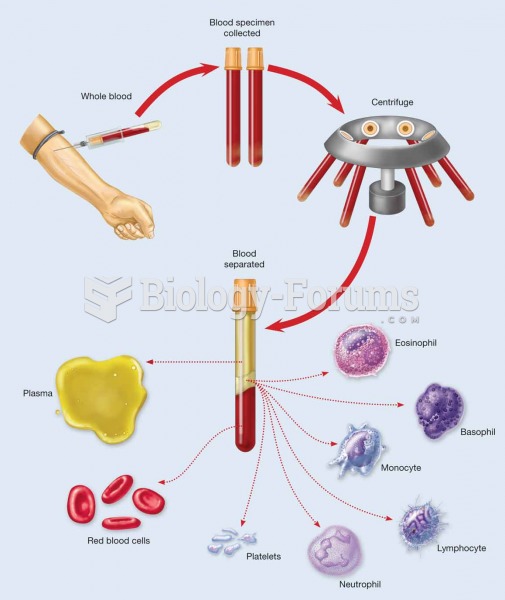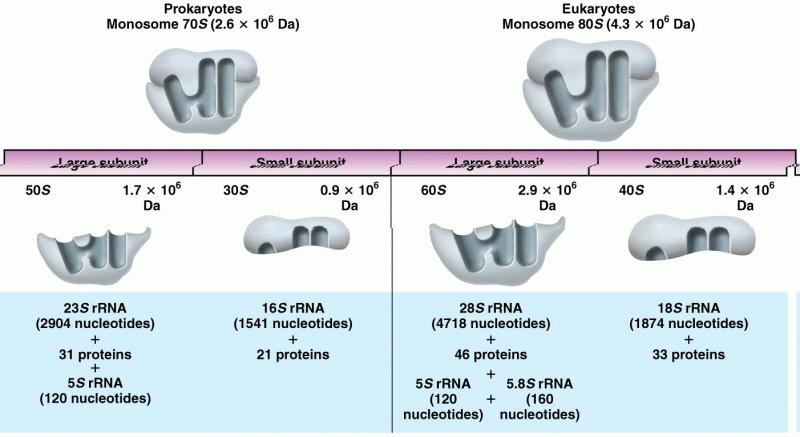|
|
|
By definition, when a medication is administered intravenously, its bioavailability is 100%.
Computer programs are available that crosscheck a new drug's possible trade name with all other trade names currently available. These programs detect dangerous similarities between names and alert the manufacturer of the drug.
About 100 new prescription or over-the-counter drugs come into the U.S. market every year.
In most cases, kidneys can recover from almost complete loss of function, such as in acute kidney (renal) failure.
Before a vaccine is licensed in the USA, the Food and Drug Administration (FDA) reviews it for safety and effectiveness. The CDC then reviews all studies again, as well as the American Academy of Pediatrics and the American Academy of Family Physicians. Every lot of vaccine is tested before administration to the public, and the FDA regularly inspects vaccine manufacturers' facilities.







